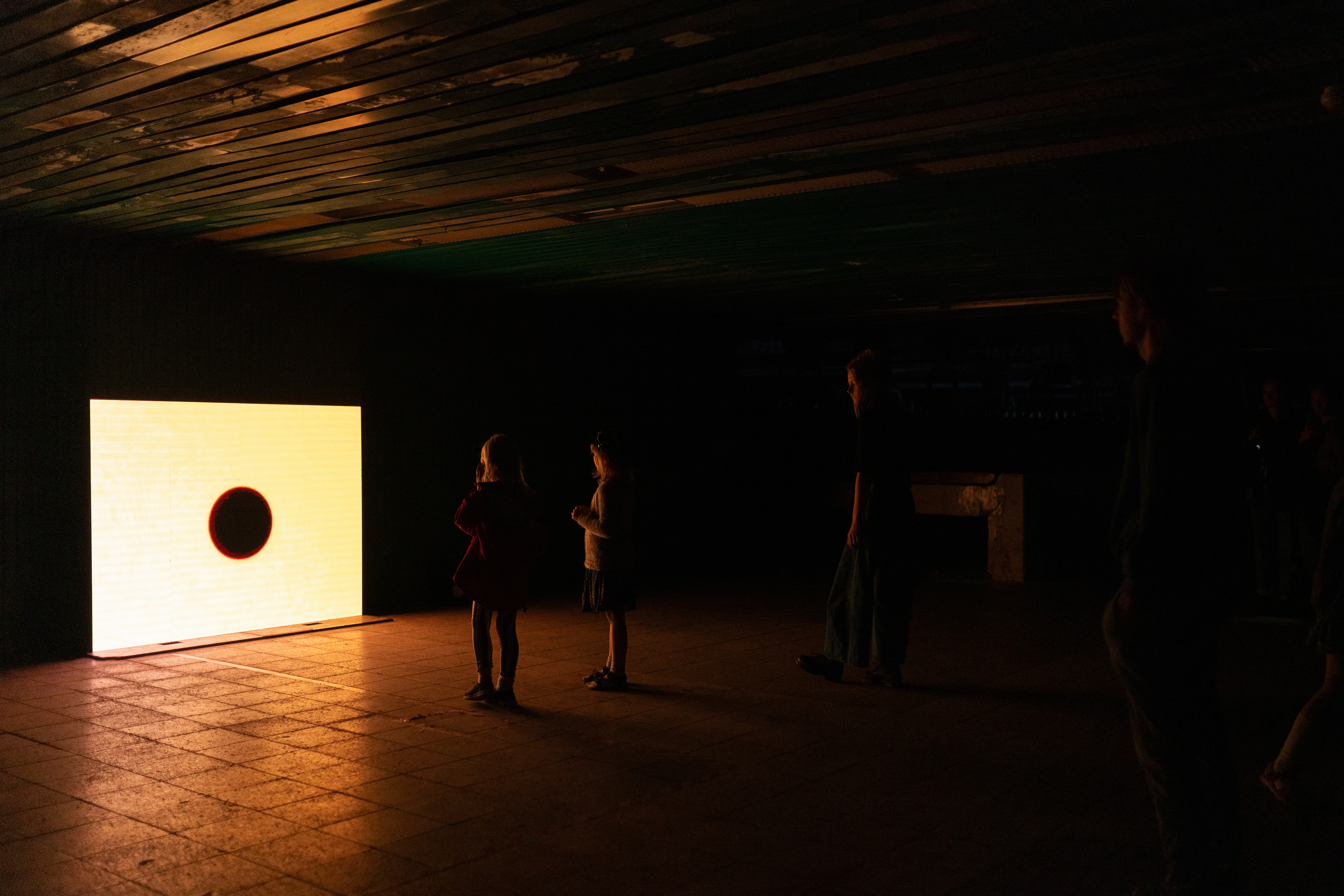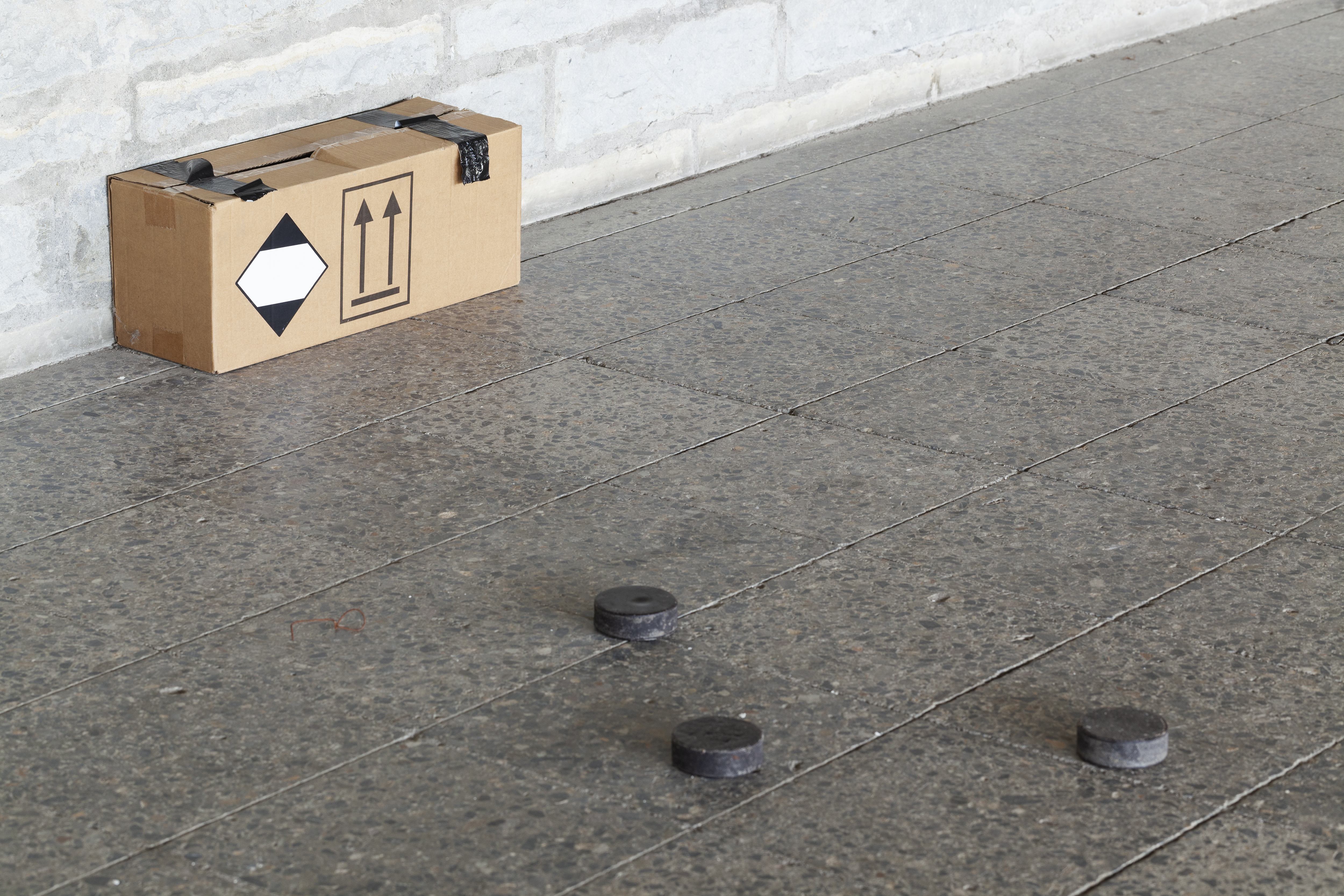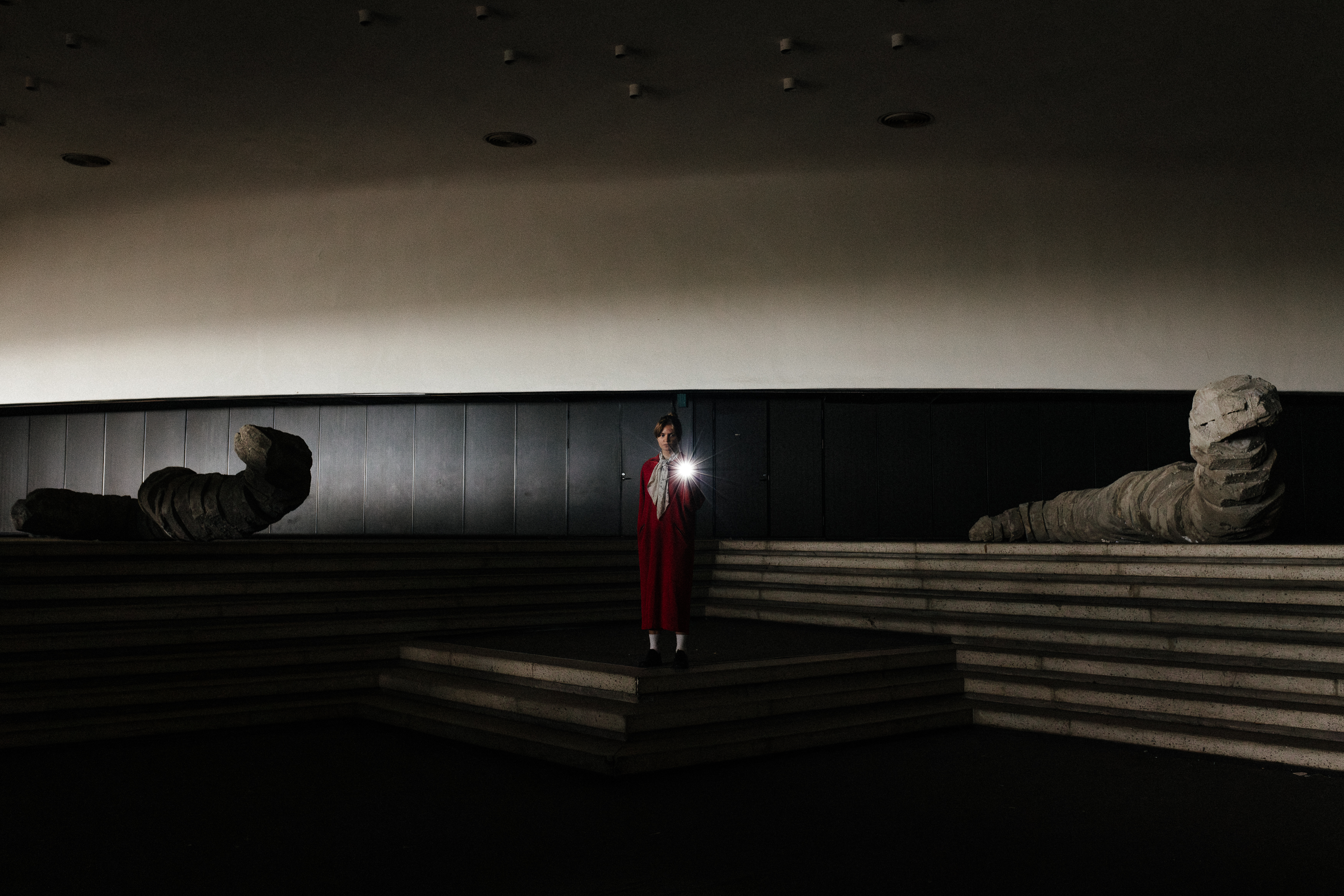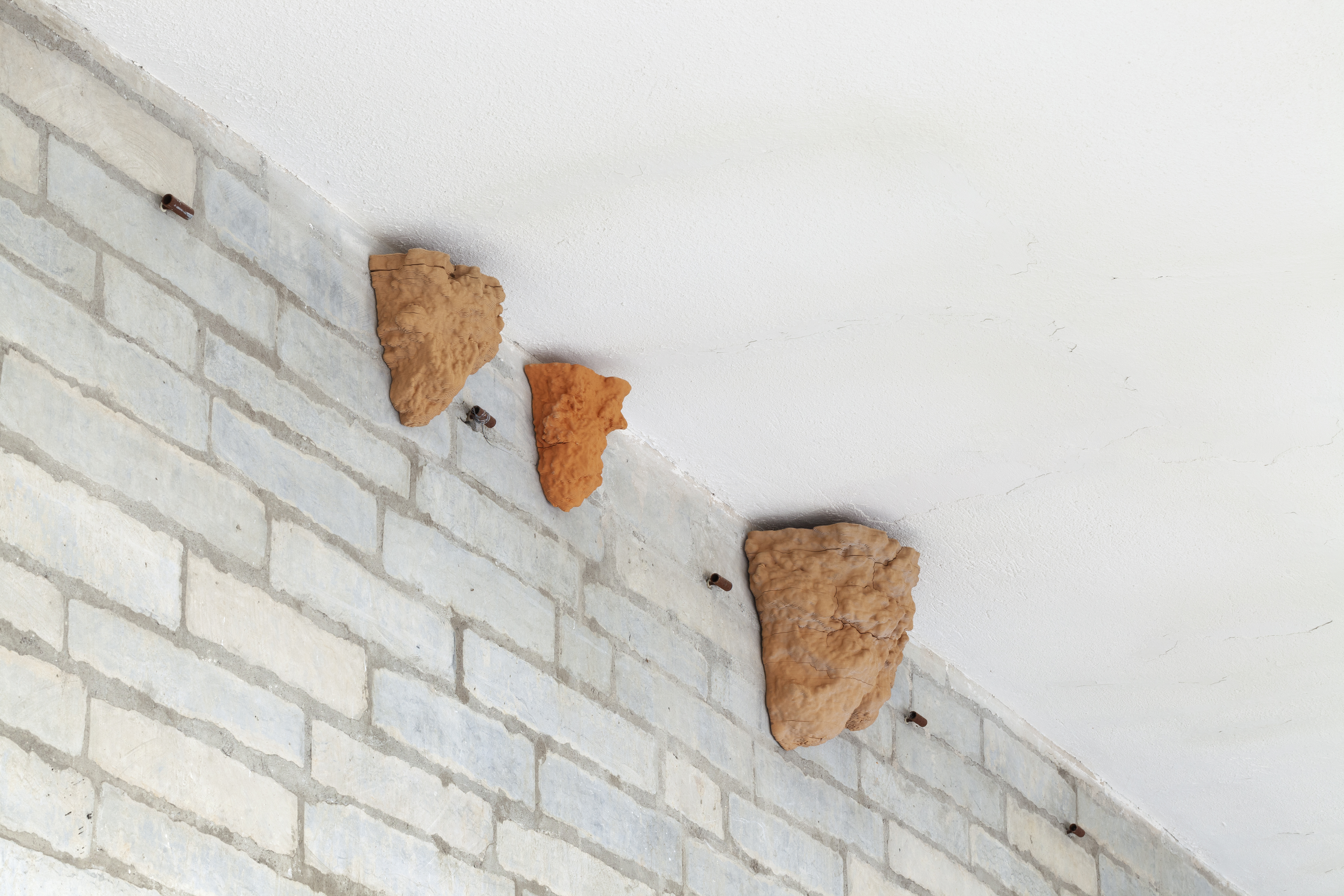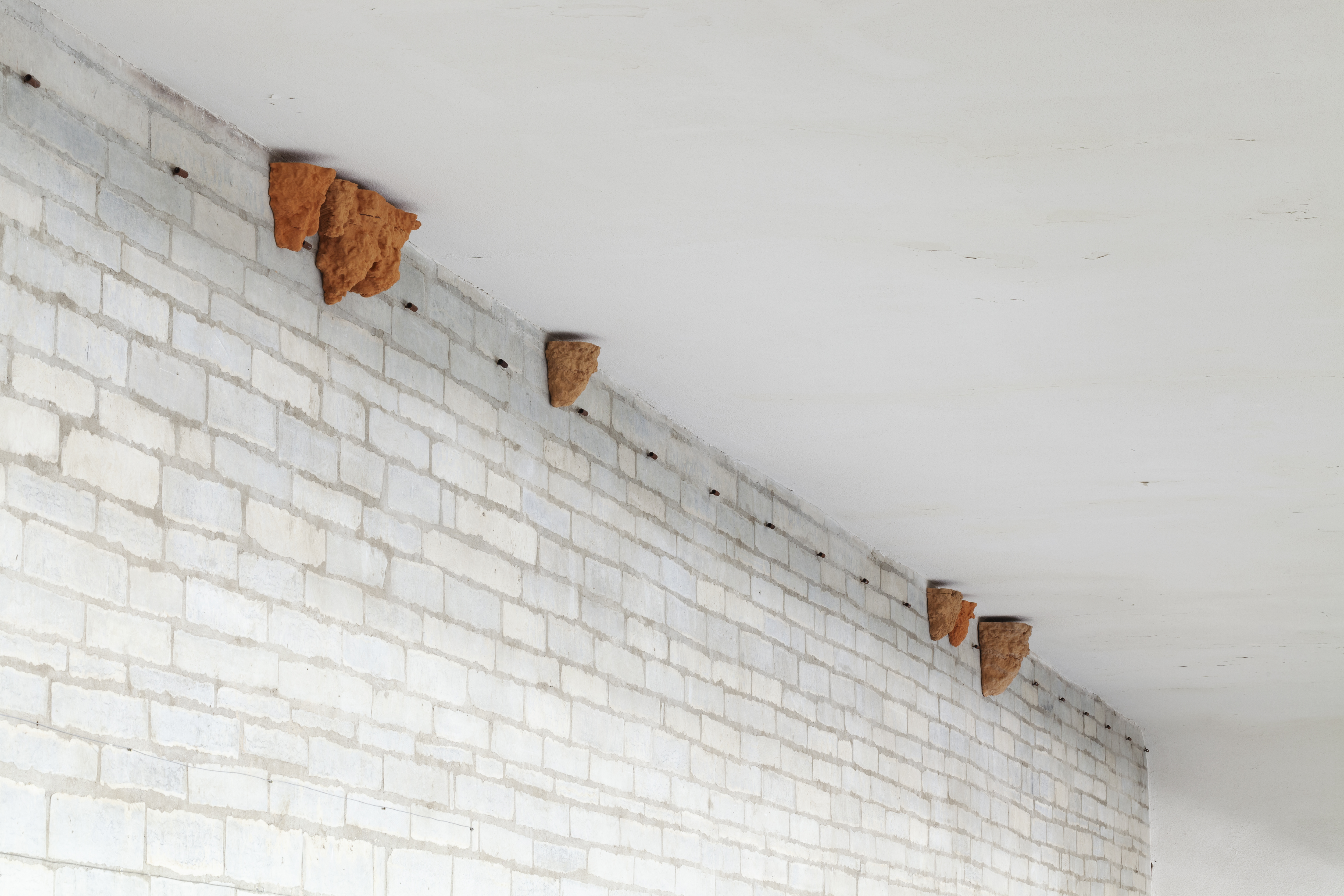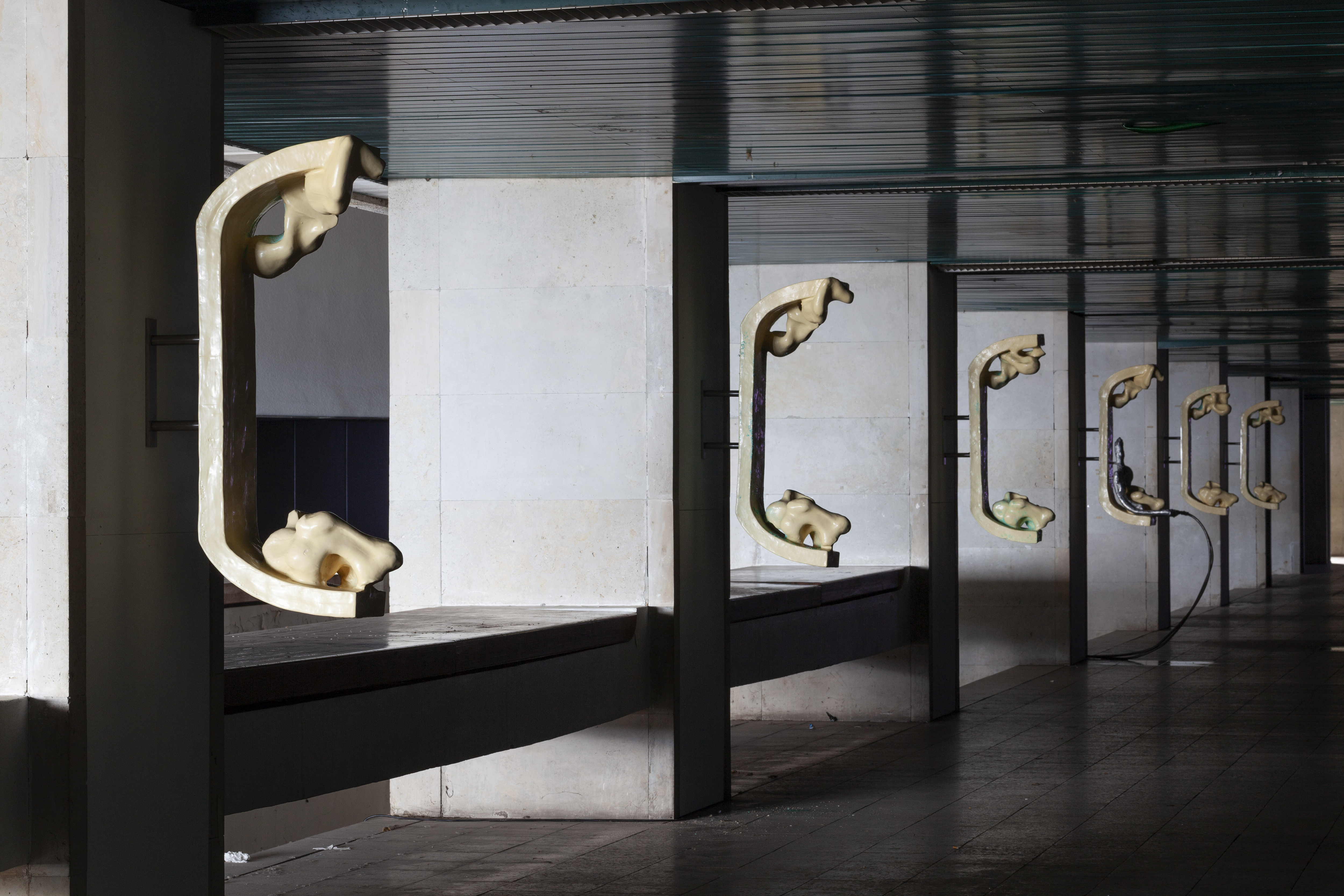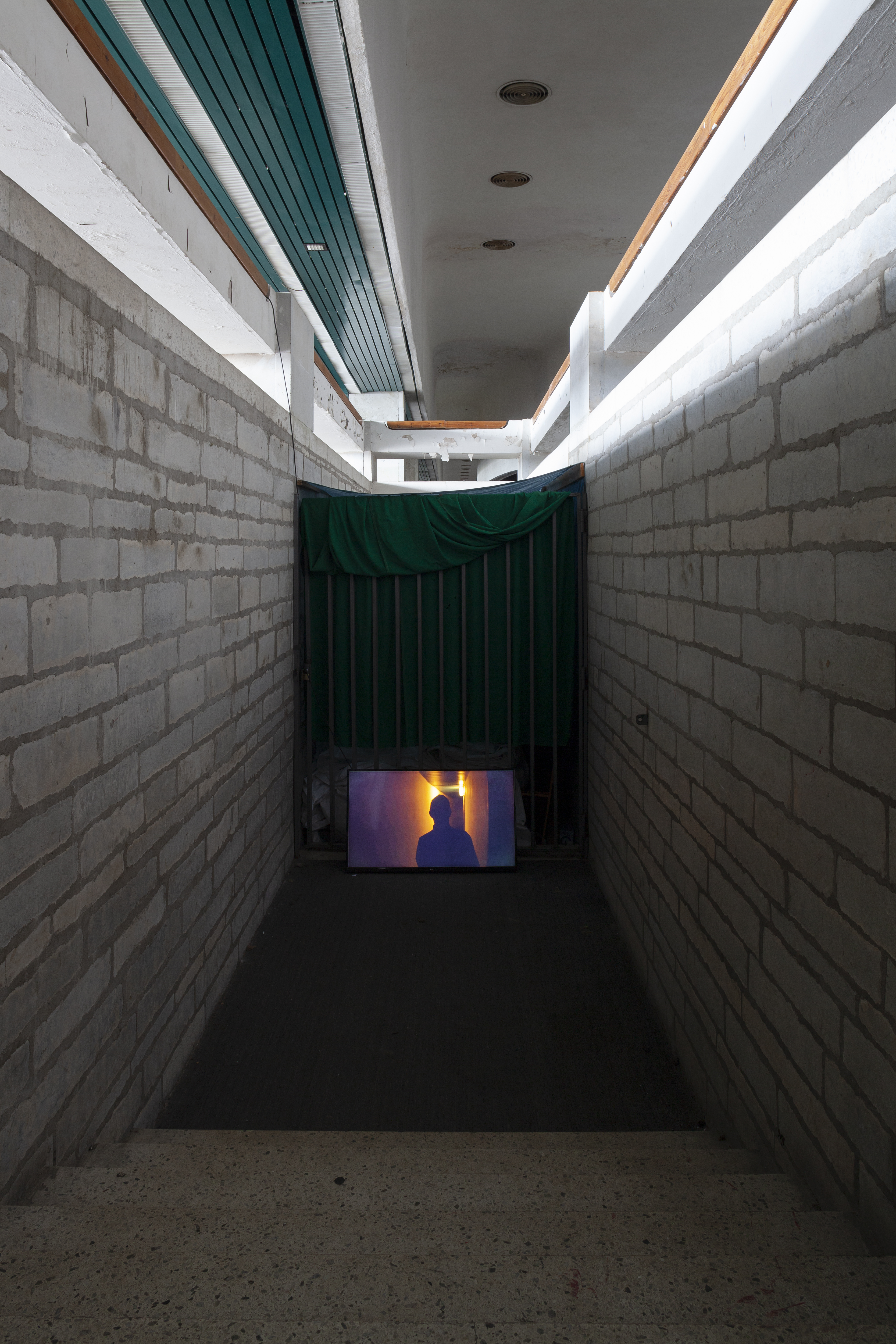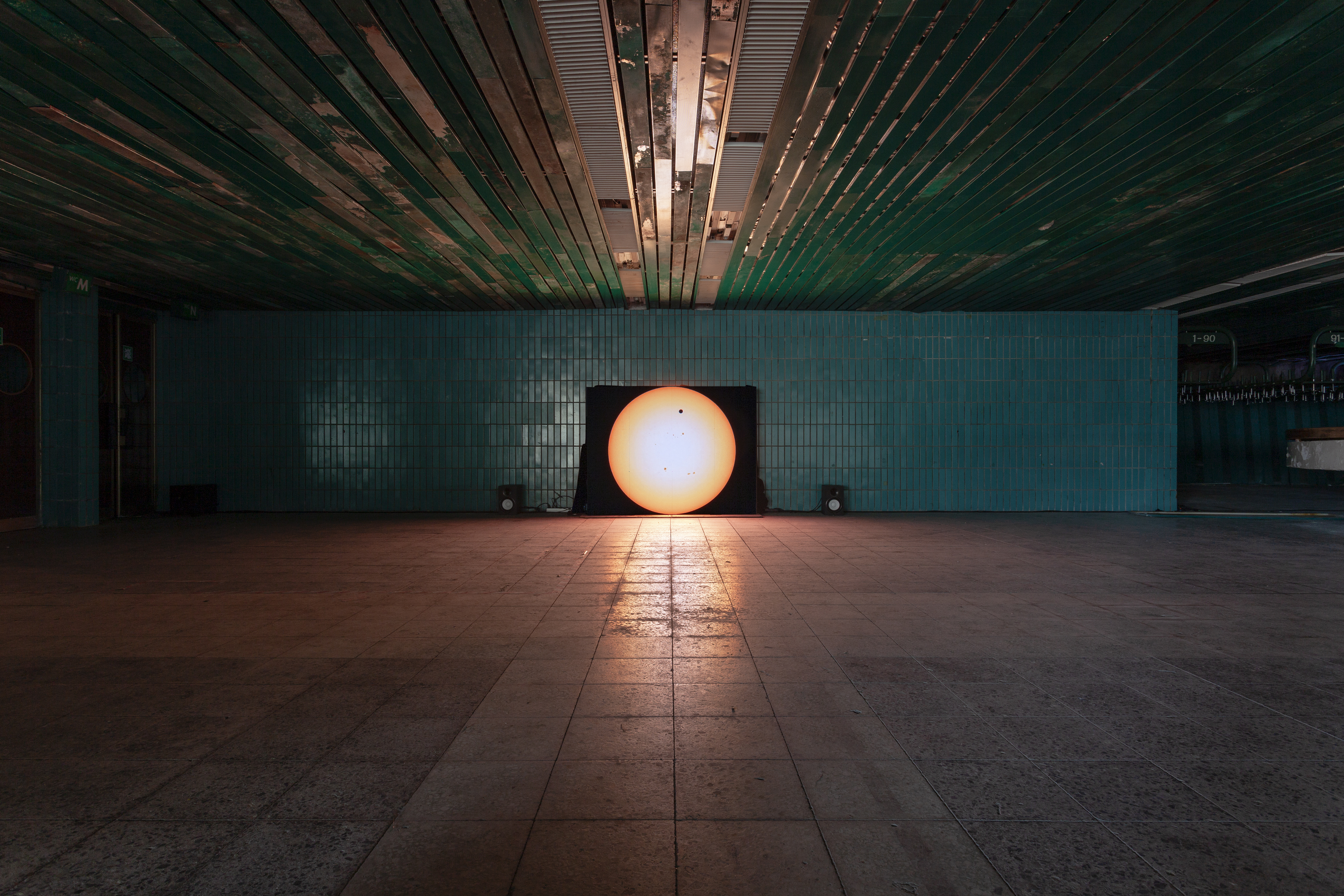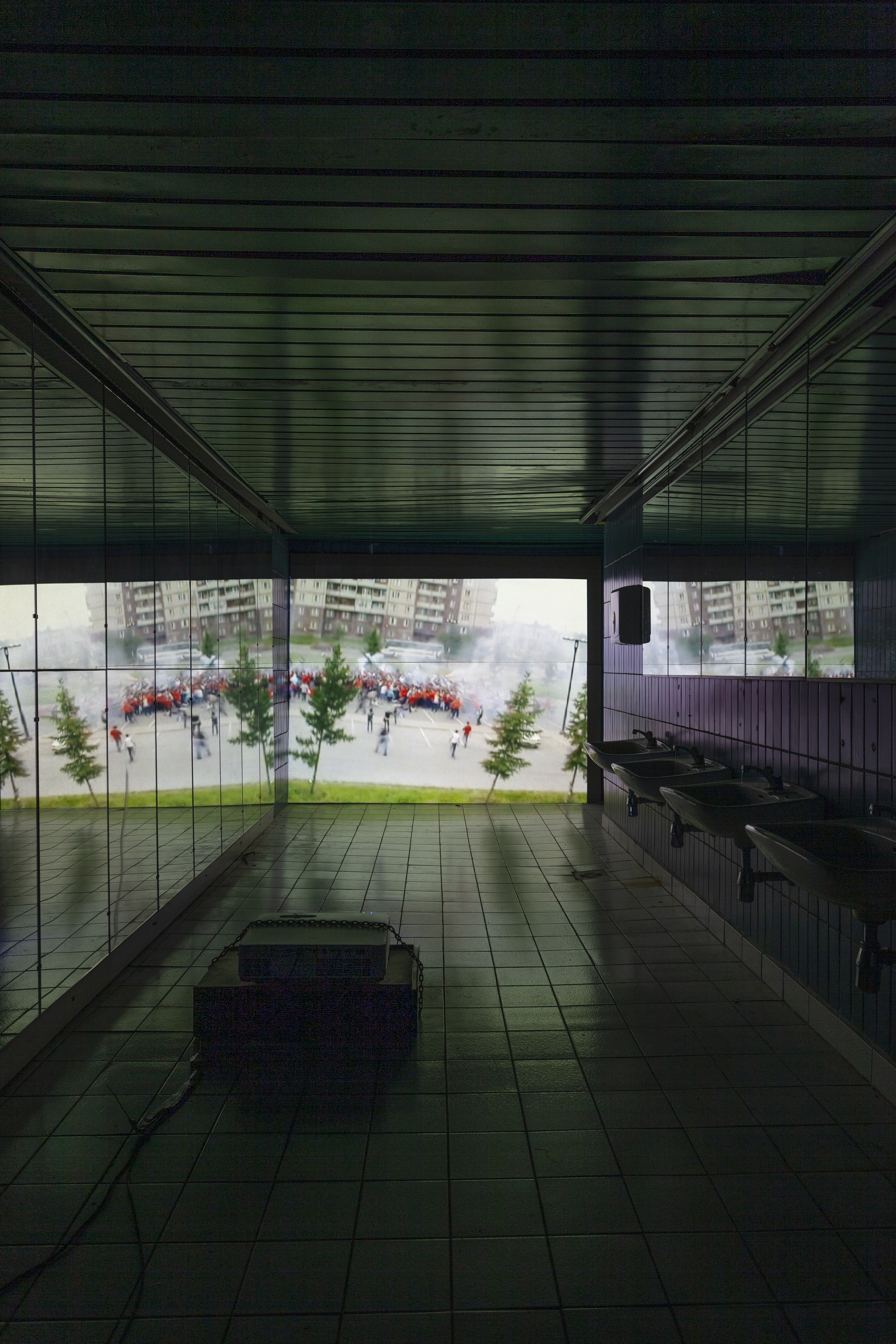SOMA
2023-2025
Monika Stalder, Ludwig Berger, Jessica Ecomane, Somatic Rituals, Raven Chacon , Tobias Maria Koch, Yen Chun Lin, LABOUR
2023-2025
Monika Stalder, Ludwig Berger, Jessica Ecomane, Somatic Rituals, Raven Chacon , Tobias Maria Koch, Yen Chun Lin, LABOUR
The SOMA exhibition series is a result of a research that looks into the emancipatory and transformative potential of different listening practices and follows Sarah Ahmed’s reading of social relations in Queer Phenomonology as well as takes lessons from Pauliune Oliveros’ Quantum Listening; from the somatic, interceptive to the social body.
Within the SOMA exhibition series we discuss concepts such as collective listening, bodies in space and more generally the way we listen; how listening can be used as a tool to address the ecological crisis and socio-political and environmental inequalities.
SOMA invites an “uncurating” of the exhibition context to create an emancipatory space for listening attentively to a multitude of voices, human and nonhuman, to rethink new modes of collaboration across difference; listening as a transformative social practice.
Contemporary art centre KRONE COURONNE, Biel/Bienne







Hyle¹
30.11.2024–23.02.2025
Nina Beier, Formafantasma, Pauline Julier, Izidora I Lethe,
Ceylan Öztrük, Gina Proenza
30.11.2024–23.02.2025
Nina Beier, Formafantasma, Pauline Julier, Izidora I Lethe,
Ceylan Öztrük, Gina Proenza
What materials form the inventory of our shared and individual histories? And how do these materials shape our collective futures?
The exhibition Hyle¹ explores the underlying connection between materials and temporality. In ancient Greek, hyle stands for wood as a raw and untreated matter, that takes on form and meaning through technè – the human touch.
Materials can embody power, social orders and cultural symbols. They not only form objects, but are also part of social relationships and cultural meanings. Extracted, processed and integrated into our living environment, materials shape the history of ecological and technological
transformation. Filled with meaning in the context of specific time and place, materials–like geological layers–create the construct that we read as culture.
The cultural and symbolic charge of materials, their economic significance and their transformative potential form our understanding of history. So how do we project our multi-layered past into a possible future?
The artists in Hyle¹ reveal these temporal layers and make the feedback loop between material and time visible.
Kunsthalle Bielefeld, DE
NRW+curated by Kristina Grigorjeva and Undine Rietz

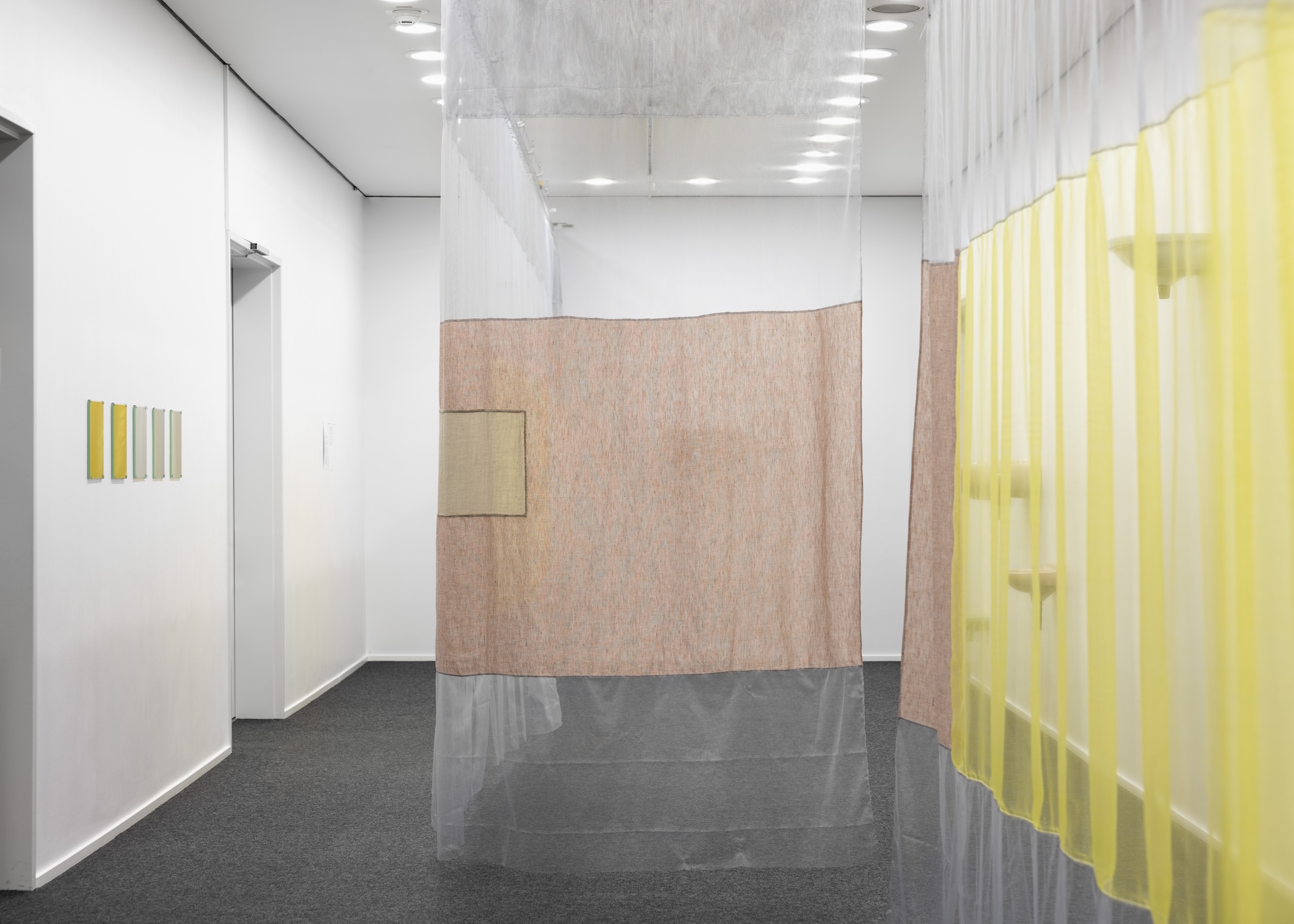



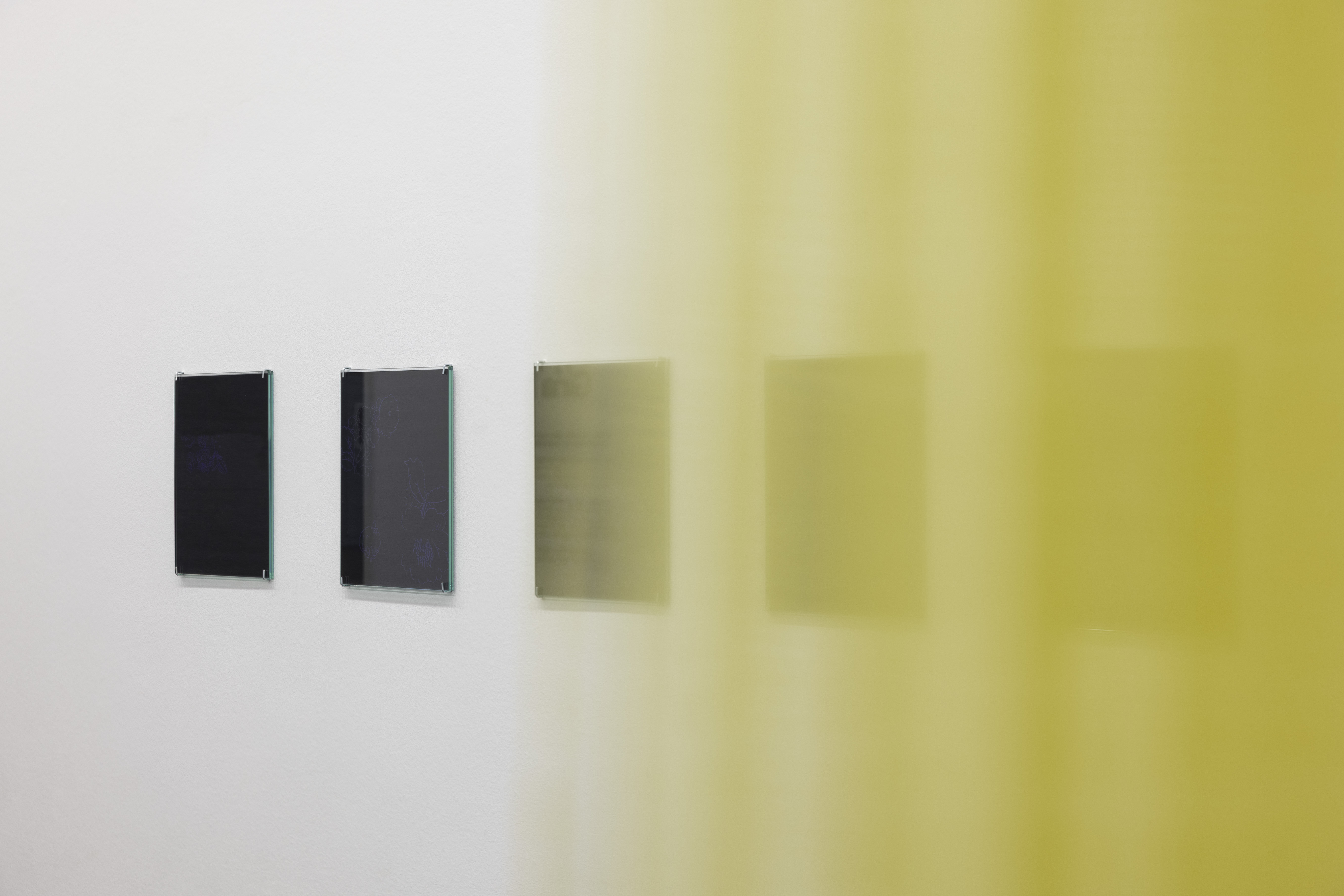





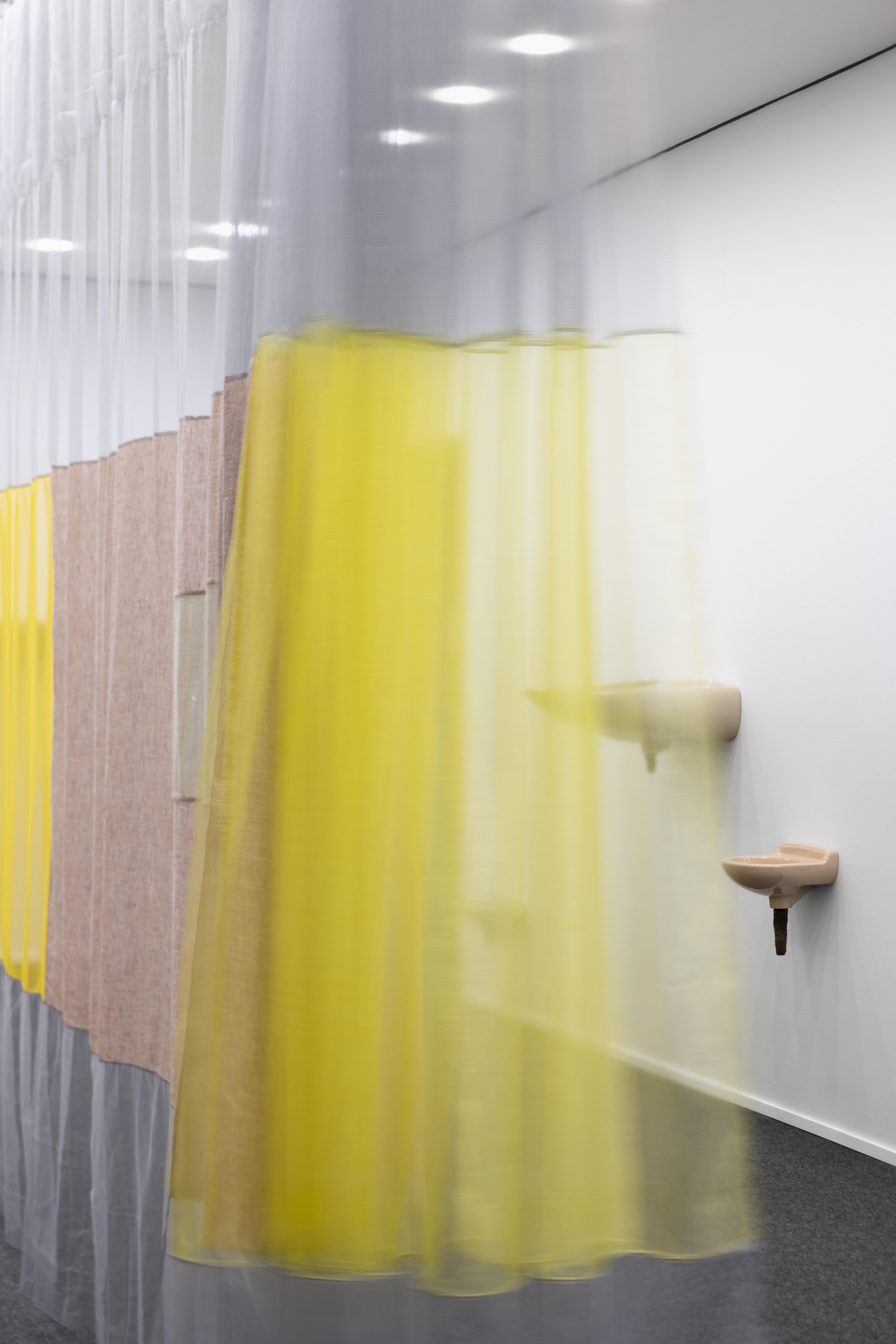



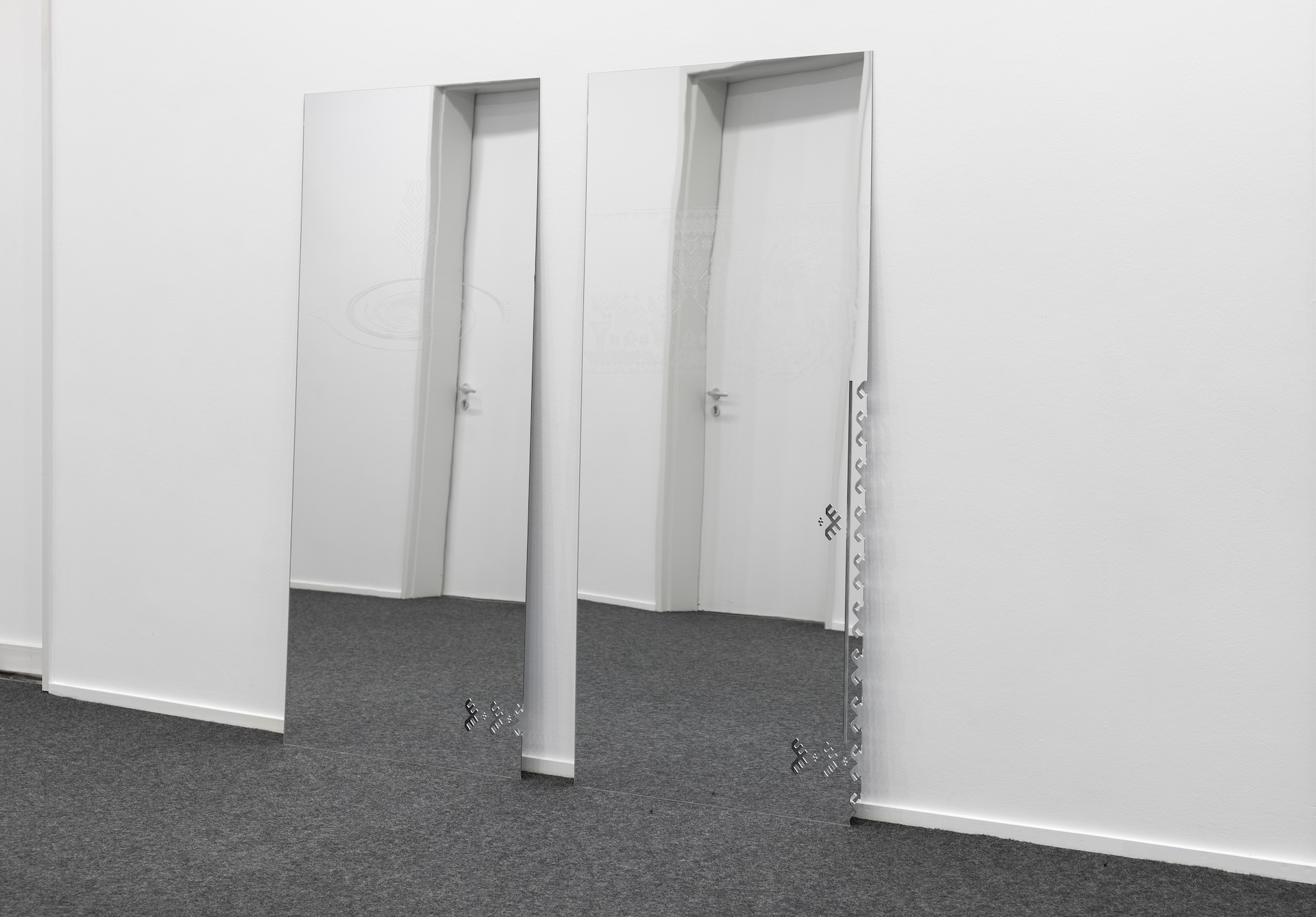
Hello, we’re new in Biel!
01.–03.2021
Contemporary art centre
KRONE COURONNE
01.–03.2021
Contemporary art centre
KRONE COURONNE
In an attempt to open the new contemporary art centre KRONE COURONNE to different layers of local audiences, posters with the same phrase were distributed around the city in the 19 most spoken languages (besides the official German and French):
English, Italian, Spanish, Portuguese, Russian, Croatian, Serbian (Cyrillic), Albanian, Greek, Turkish, Dutch, Hungarian, Swedish, Hebrew, Swahili, Thai, Chinese, Japanese and Tamil.
Biel/Bienne is one of the two bilingual (French and German) cities in Switzerland with a population of 55’140 inhabitants.
Thank you to the specialised service of integration of the City of Biel/Bienne for providing us with the language information.
Florence Jung, Kristina Grigorjeva, Camille Regli
Graphic design:
Guillaume Mojon
KRONE COURONNE
Biel/Bienne, CH
ANOTHER MAP TO NEVADA BIEL/BIENNE
6 & 7 July 2023
with Heidi Bucher, Pauline Curnier Jardin, Lara Dâmaso, Benjamin Egger, R.O. Fitzpatrick, Julian Garcia de Gainza, Deborah Macauley, Julie Monot, Adrian Piper, Ceylan Öztrük, Somatic Rituals, Colin Self, Amadeus Vogelsang
Another Map to Nevada welcomed visitors aboard a journey across the lakes and waterways connecting Neuchâtel and Biel/Bienne. As dusk breaks in, the boat passed by performance pieces along the shores and bridges that unfold like wondrous sceneries in the landscape. Another Map to Nevada is an assent to the fleeting moment—an invitation to look up.
The Performance Agency with Contemporary art centre KRONE COURONNE, Biel/Bienne

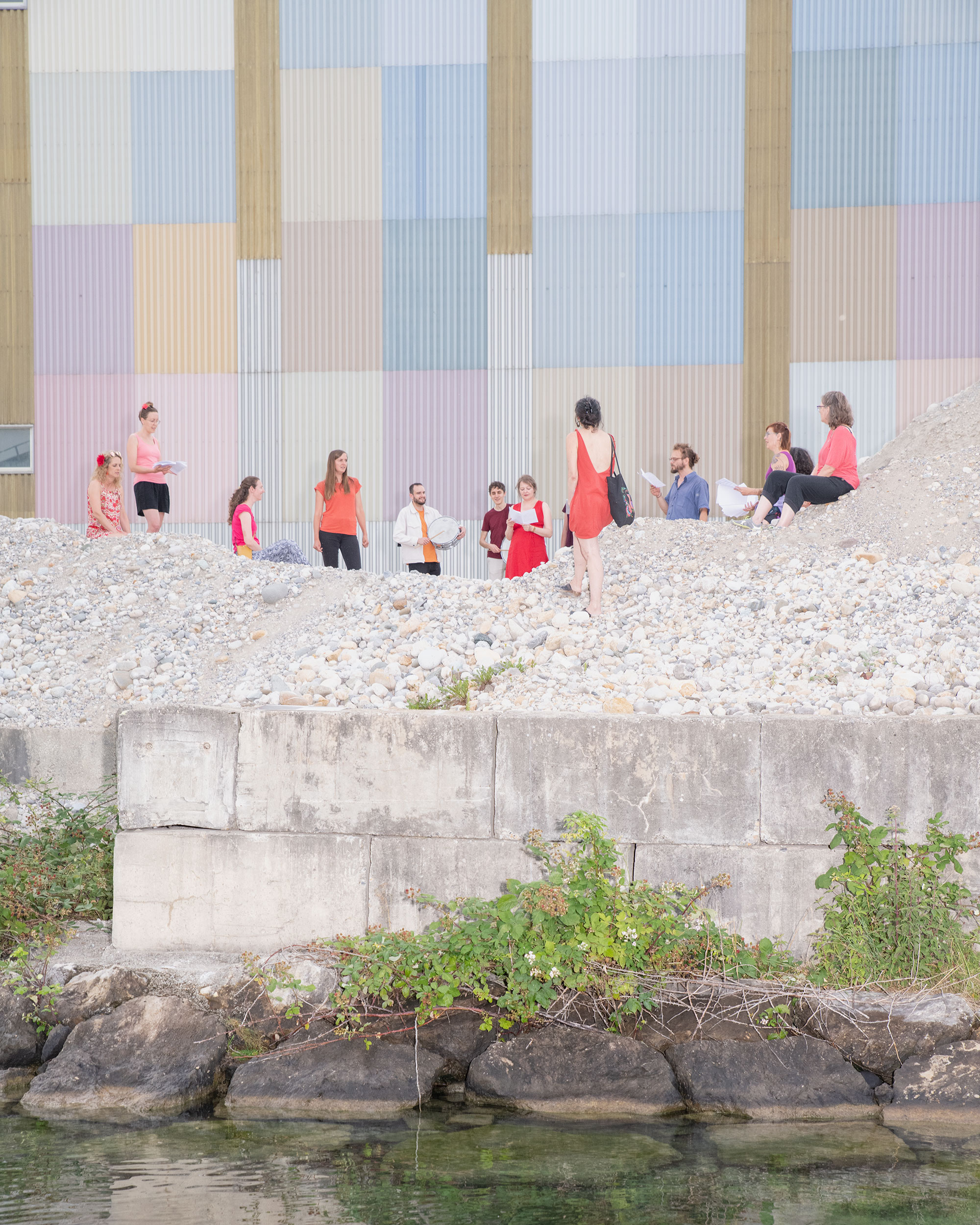

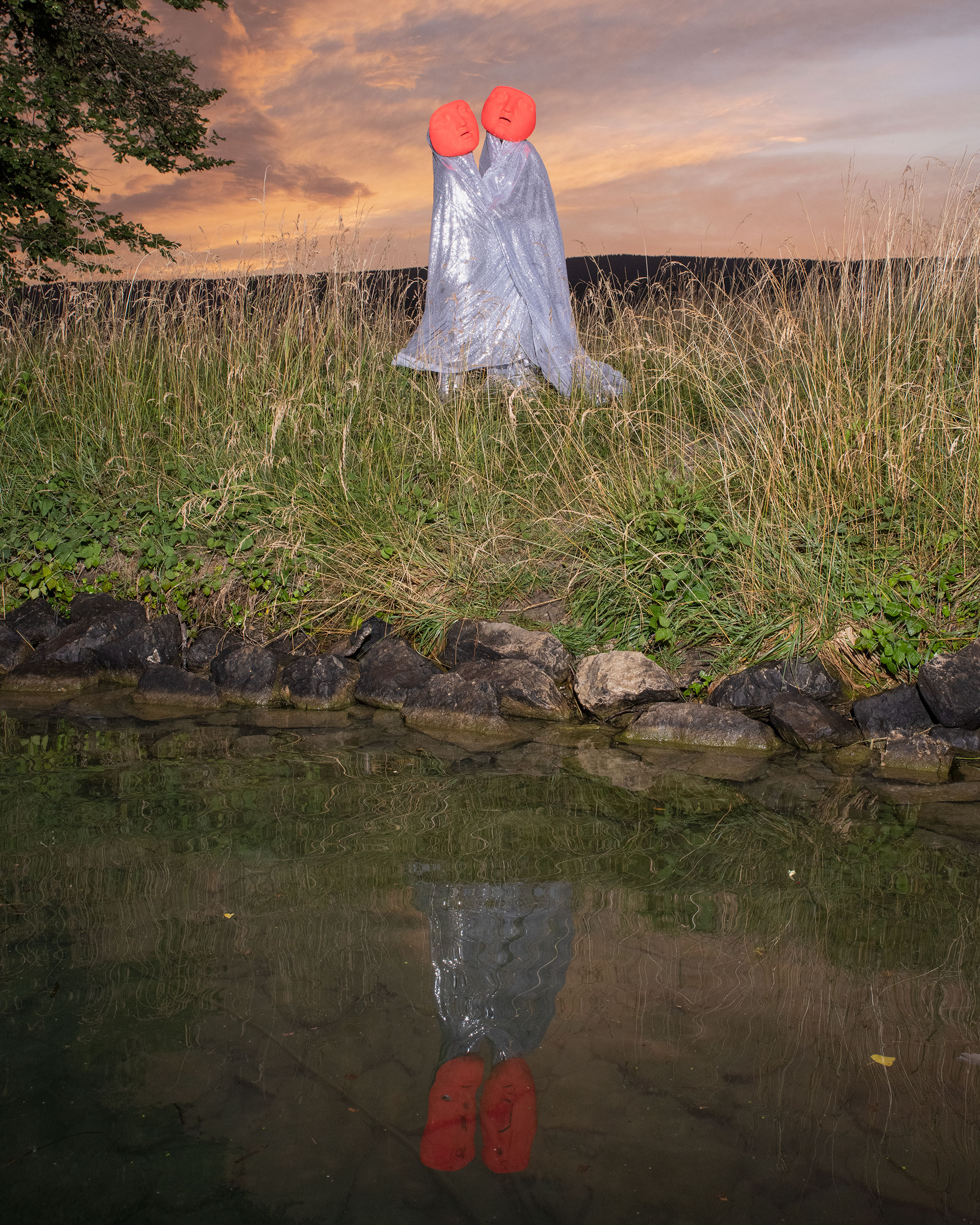


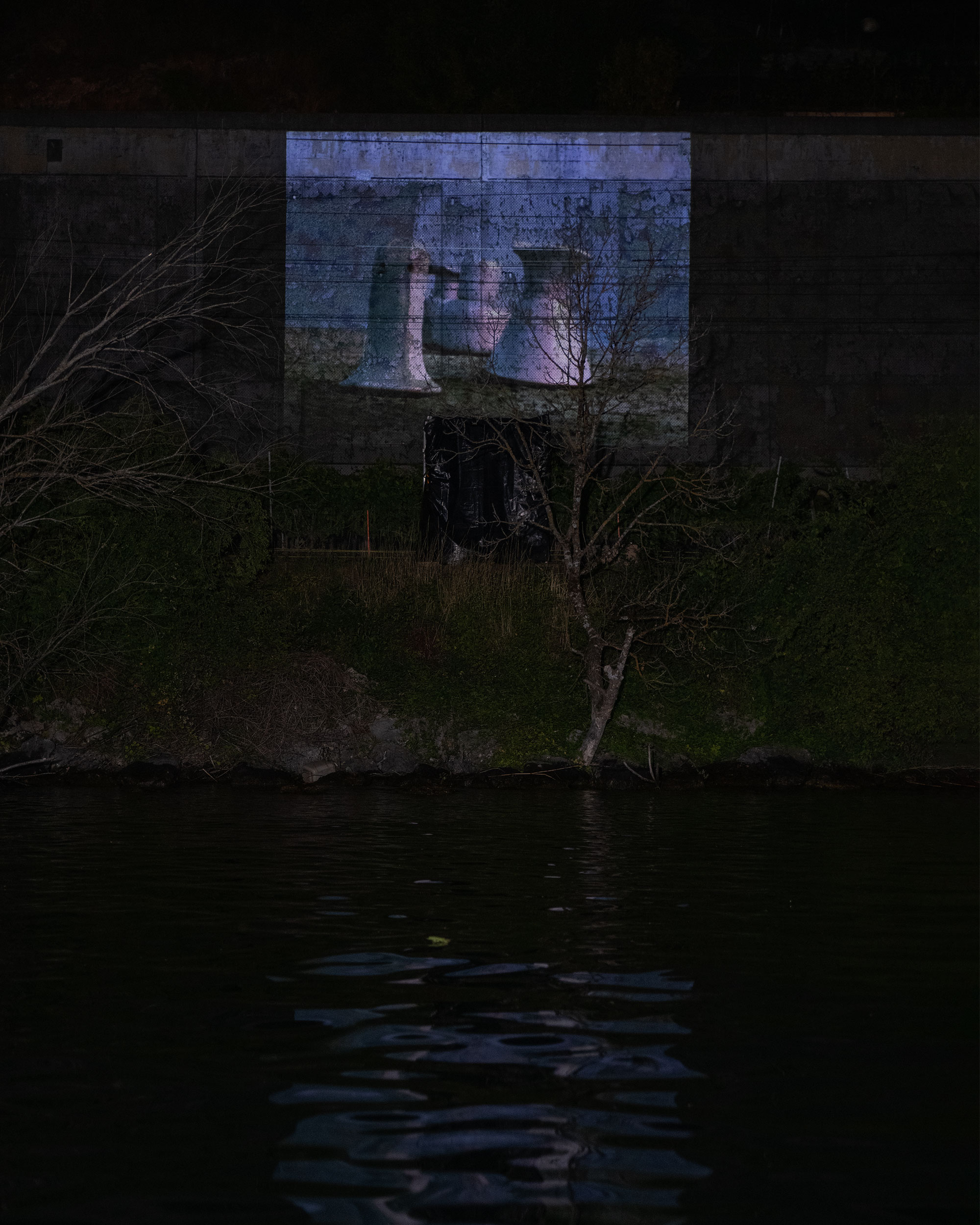







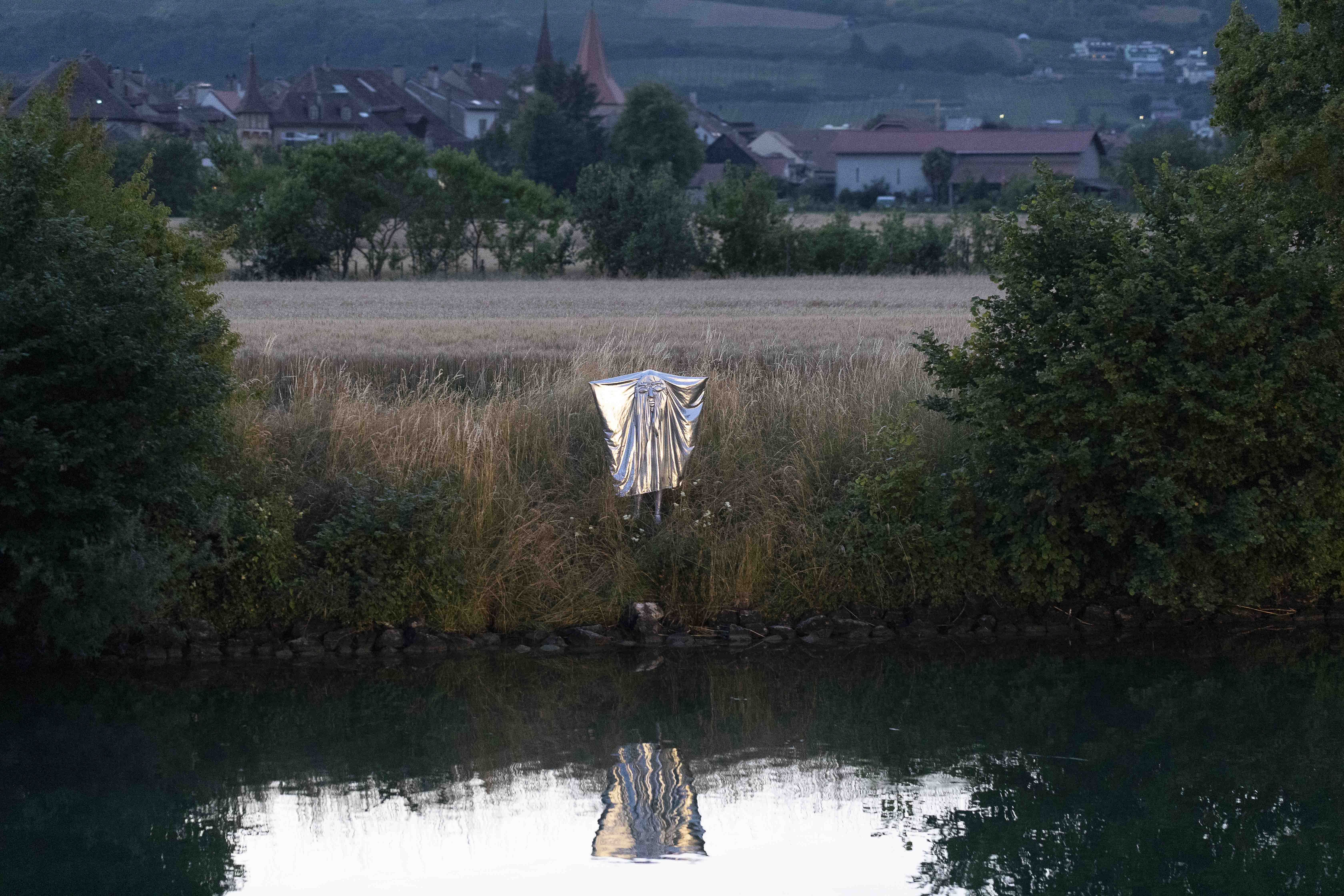

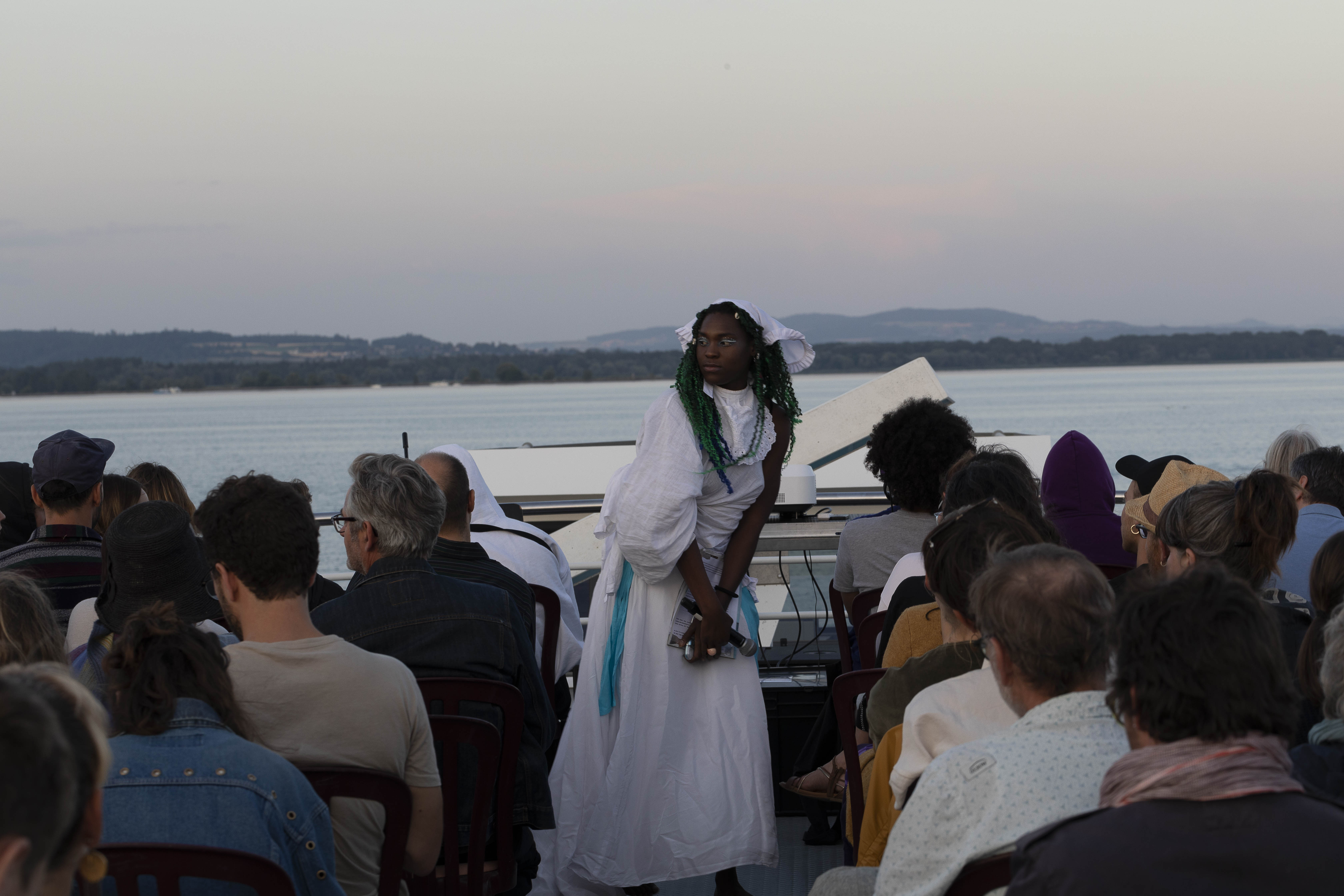
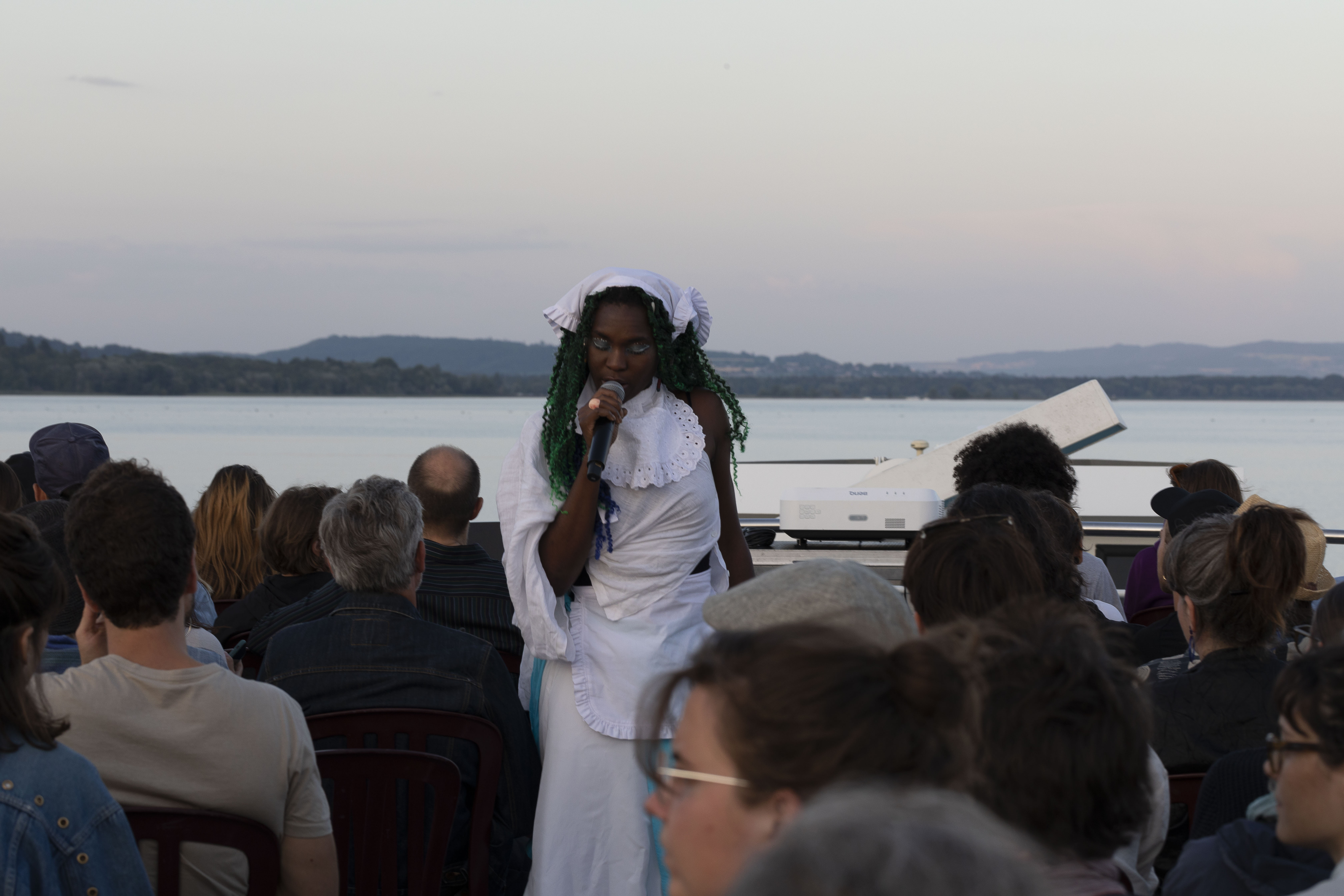

fugacity
4.8.–10.9.2023
Lithic Alliance, Isabelle Andriessen, Vanessa Billy, Dora Budor, Cyprien Gaillard, Liisa Hirsch, Edith Karlson, Anu Pennanen, Anna Skodenko, P.Staff, Felix Gonzalez-Torres, Ingel Vaikla, Barbezat-Villetard
4.8.–10.9.2023
Lithic Alliance, Isabelle Andriessen, Vanessa Billy, Dora Budor, Cyprien Gaillard, Liisa Hirsch, Edith Karlson, Anu Pennanen, Anna Skodenko, P.Staff, Felix Gonzalez-Torres, Ingel Vaikla, Barbezat-Villetard
The exhibition "fugacity” reflects on the uncertain future of a monumental Soviet concrete structure - Tallinn Linnahall - as an analogy of a common undefined future of our impermanent present and offers the concept of fugacity as a tool to accept change and transformations. Fugacity is the quality of impermanence. In thermodynamics, the term stands for a substance's tendency to escape from one environment to another. Fleeting, escaping to find its balance. As a reconciliation site of personal histories and a colonialist past, the monumental Linnahall offers a platform to re-examine the possible ways of transitioning between our past, present and possible common future as well as of co-existing with one another and our natural and built environment.
Exhibition text: PDF
Curators:
Kristina Grigorjeva, Margit Säde
Graphic design:
Laura Pappa
Photography:
Paul Kuimet, Joosep Kivimäe
Tallinna Linnahall
Tallinn, EE








